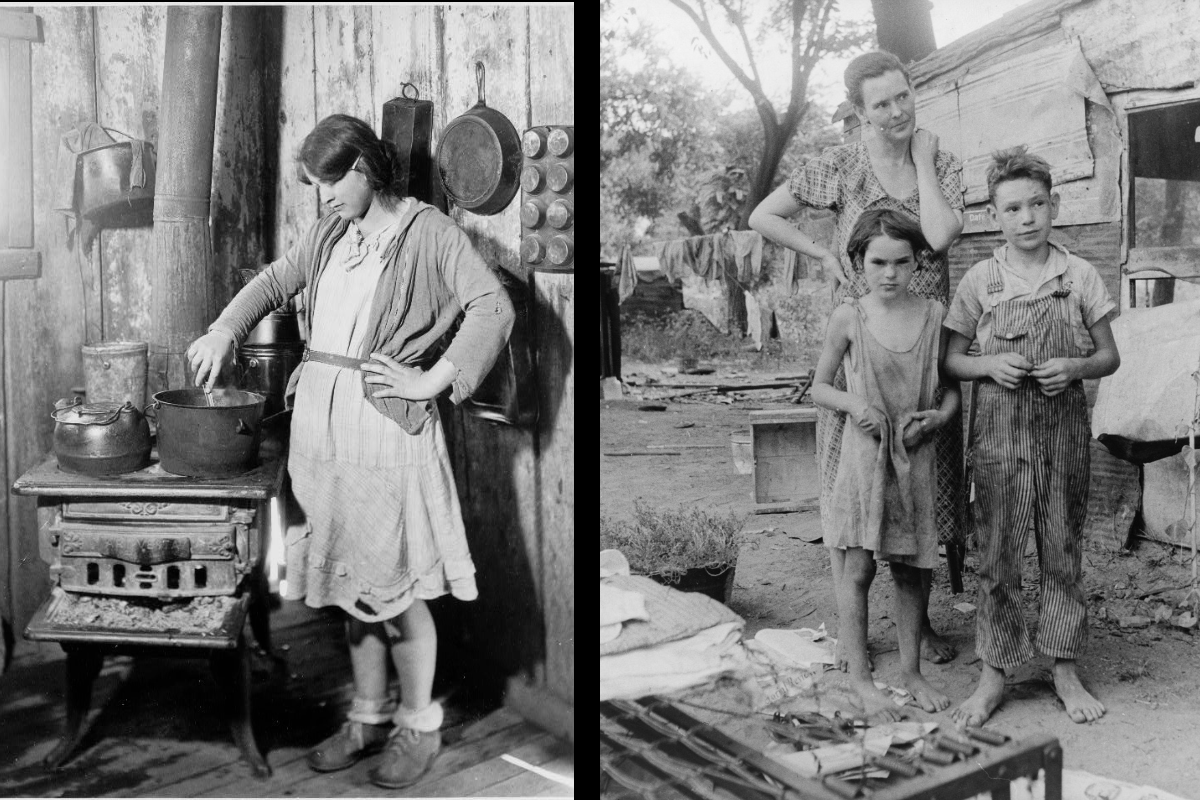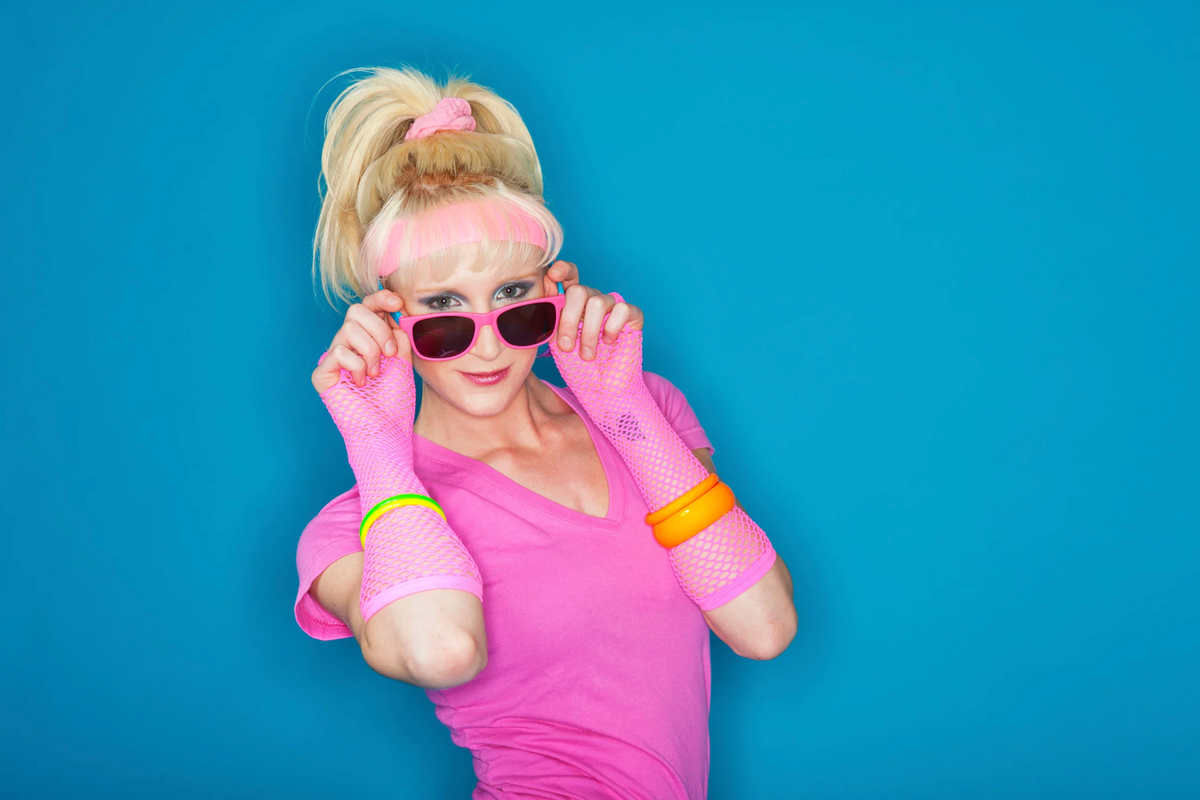Thousands will be in D.C. to stand with women. Here's how to stand with them from home.
Join the movement.
The Women's March on Washington is an opportunity for Americans to stand up against the expected affront to civil rights under the next president. Hundreds of thousands of marchers — women from all walks of life (including a handful of A-list celebrities) and men (yes, men are welcome and encouraged to attend!) — are expected in the nation's capital on Jan. 21, 2017, the day after Donald Trump is inaugurated as 45th president of the United States.
Given that President-elect Trump has "insulted, demonized, and threatened" so many groups — including people of color, immigrants, Muslims, and survivors of sexual assault — the goal of the march is to send a bold message to him: We are standing together.
Anti-Trump demonstrators in Chicago in November 2016. Photo by Scott Olson/Getty Images.
Getting to Washington, D.C., on inauguration weekend, however, takes time and money that many of us cannot afford. That's OK, though — there are still several ways you can join the movement, regardless of where you are in the country (or world, for that matter).
Here are 25 ways to show your support for the Women's March on Washington, even if you can't be there in person:
1. Join a smaller, local march near you.
There are 616 (and counting) sister marches around the world demonstrating in smaller — but still powerful — capacities. If distance is your biggest barrier, maybe there's a more local solution to your problem.
2. Make a poster and stick it in your front yard for the day.
Or, you know, until 2020.
Photo by Mark Makela/Getty Images.
3. Know someone who's driving to D.C.? Help them get there by chipping in some gas money.
In most parts of the country, gas prices aren't quite as obscenely high as they once were — thanks, Obama! — but still, fuel is expensive. If you wish you could attend but can't, help another marcher out. $10 (literally) goes a long way.
4. Invite friends over to watch coverage of the march together, and set a goal to help girls and women in 2017.
A goal could be to routinely help out at a women's shelter, volunteer as a clinic escort, or become a Big Sister. There will be many causes that need that kind of extra attention and dedication under the Trump administration.
And on that note...
5. Donate to organizations that will be more vital than ever under a Trump administration.
Contribute to an organization or two you care about — be it Planned Parenthood (the national group or local chapters), Emily's List (which helps get more women elected to office), the NAACP, the National Network of Abortion Funds, Black Girls Code, the ACLU, National Women's Law Center, NARAL, Girls Write Now, the National Coalition Against Domestic Violence, Purple Purse, or others. Every dollar helps.
6. Wear a "Nasty Woman" shirt, and share a pic on social media.
Photo by Ethan Miller/Getty Images.
Make your own — or buy one — and help that infamous-turned-glorious 2016 debate moment live on forever.
7. Go on strike for all (or part of) the day.
Women Strike is encouraging folks to lay low on Jan. 20-21 as an act of protest against the incoming administration and Congress, both of which are aiming to enact policies that disproportionately harm women — like stripping health care and reproductive rights and dismissing paid maternity leave and child care.
8. Make just the right playlist, and blast it on repeat. All. Day. Long.
Songs may or may not include "Sisters Are Doin' It for Themselves," "I Am Woman," "You Don't Own Me," "Respect," "Rebel Girl," and an assortment of Beyoncé's greatest hits.
Photo by Express Newspapers/Getty Images.
9. Carve out a half-hour of your day to follow, subscribe to, and learn about women who were inspired to throw their hats into the political ring for the first time after the election.
Not only have women of color made historic gains in the Senate this year, but the rise of Trumpism appears to have inspired a surge in women vying for political office.
People like Chelsea Wilson, a member of the Cherokee Nation who lives in Oklahoma; Brianna Wu, an advocate against online harassment who was at the heart of 2014's GamerGate; and Wendy Carrillo, a Los Angeles woman whose parents brought her from El Salvador illegally as a child, are among the more than 4,500 women who've expressed grassroots interest in getting their names on the ballot in the coming years. Let's make sure they don't go unnoticed.
Speaking of the ballot box...
10. Set up an alert on your calendar to remind you when midterm elections are coming up.
Presidential campaigns feel like years-long sagas with plot twists galore — those elections are hard to miss. Midterms, however, seem to slip under the radar for most Americans, even though the results are just as consequential. Really, 2018 is just around the corner.
11. Call D.C. pizza joints or bakeries — ideally, the day before the march — and have them send a couple pizzas or a few dozen donuts to demonstrators.
Democracy can be a tiring activity, after all, and marchers will appreciate the fuel-up.
Photo via iStock.
12. Call your representatives to let them know you're part of the movement against Trump's attacks on civil rights.
I know you've heard this one a million times. But really, calling your reps can — and actually does — work. (Pro tip: Flooding their phone lines sends a much more powerful message than an email or letter.)
13. Connect two or more people you know who want to go to the march but don't want to go alone.
You may have friends from different circles who'd go to the march if they had another person to share travel expenses and driving time with. Post a Facebook status asking if this is the case with any of your friends, and be the facilitator if anyone responds.
14. If you know someone who's going to the march, create a sign for them to carry on your behalf.
That's what artist Narya Marcille is doing. She can't make it to D.C. on Jan. 21, but her aunts and sister will be carrying this rad poster for her.
Illustration courtesy of Narya Marcille.
Marcille's design has become wildly popular online. You can buy the digital download for prints, shirts, and more on her Etsy page. Even cooler: 50% of profits are being donated to Planned Parenthood and Running Start, Marcille says.
Even if you don't have the money to buy Marcille's design, however...
15. Change your Facebook profile pic in support of the march.
In a post on Facebook, Marcille wrote that anyone can use the illustration for their Facebook profile picture in an act of solidarity with the movement. If you're extra inspired, you can even design your own artwork to use (or take a pic of the yard sign you made or the "Nasty Woman" shirt you're rocking, and use that photo instead).
16. Set aside some time to read and subscribe to digital and print publications that give a voice to women from all walks of life.
Publications like Autostraddle, Clutch, Gloria Steinem's Ms. Magazine — and even ones that have pivoted toward issues-based content more recently, like Teen Vogue and Cosmopolitan — can only run if people are reading and subscribing.
Photo b Paul J. Richards/AFP/Getty Images.
17. Sponsor someone else to march through NARAL.
NARAL, a political group aimed at protecting abortion rights, will let you chip in to help someone else attend the Women's March. $40 pays for one college student's ride to D.C., but if that's too steep, $15 will provide three signs for marchers.
18. Share your own story about sexism and discrimination you've encountered in your life.
Use Jan. 21 as a reason to open up to friends and family online about how you've experienced discrimination or abuse and why the march matters on a personal level. If posting it on Facebook is scary — which is totally understandable — maybe tell just one other person you trust. The more people speak up, the better.
If you do decide to open up on social media, though...
19. Use the #WomensMarch and #WhyIMarch hashtag on Facebook and Twitter.
Sometimes hashtags get a bad rap for being a sorry excuse for real activism. But hashtags really can unite communities in solidarity — especially when they're used to amplify the voices of minorities, immigrants, women, those who are LGBTQ, and so on.
20. Sign up to become a See Jane advocate for the Geena Davis Institute on Gender in Media.
As Meryl Streep reminded us at the Golden Globes, Hollywood has a responsibility to fight Trumpism. You can help them do it by signing up to be a See Jane advocate for the Geena Davis Institute on Gender in Media, a group aimed at ending gender bias and discrimination in the entertainment industry. The soon-to-be-launched advocate program encourages supporters to build awareness and expand the institute's mission — because media representation makes an impact off-screen, too.
21. Like and share this incredible video of Rep. Luis Gutierrez explaining why he's going to the march and standing up to Trump.
22. Buy a Women's March on Washington shirt.
All proceeds go toward the planning and production costs associated with the march itself.
23. If you live in the D.C. area and have a spare bedroom, open it to a frugal marcher.
If your home is in or around the capital and you use a vetted vacation rental website (like Airbnb), consider offering a space for marchers to rest their heads. Accommodation costs in D.C. will be sky-high that weekend — give them a price cut instead of a price surge.
24. Know someone who's anxious about a Trump presidency? Call them up to chat.
Photo via iStock.
This election has been a lot to process for many of us — especially among those in groups that have been targeted by Trump, members of his administration, and his supporters. Call up a friend you know who's worried, and use the march as a talking point to reassure them you'll be a supportive ally when things get tough.
25. Watch and share photos and videos from the march on Facebook, and help break the "filter bubble" that too often divides us.
There should be live video feeds from the march from outlets on Facebook. Make sure to engage and share — especially if you're someone who usually doesn't speak out politically.
If you can express why the march matters to you on a personal level, these issues become more human and less about blue America vs. red America. And the more Likes, comments, and shares we garner, the more we break down the filter bubbles that divide us.
Inauguration Day will bring a stress-filled, anxiety-ridden morning for many of us. If you need that day to unplug, please do.
Because starting on the 21st — and just about every day for the next four years — we'll need you to keep fighting the good fight by our side.
Photo by Thos Robinson/Getty Images for MoveOn.org Political Action.




 Never good when the HOA President comes knocking.
Never good when the HOA President comes knocking.  Kids should be able to play outside; but how strictly should we regulate them? Photo by
Kids should be able to play outside; but how strictly should we regulate them? Photo by 
 Stayin Alive GIF by Bee Gees
Stayin Alive GIF by Bee Gees 
 Stereotypical man from the 1980sCanva
Stereotypical man from the 1980sCanva A frustrated man sits on the toiletCanva
A frustrated man sits on the toiletCanva  A retro family watches TV in their living roomCanva
A retro family watches TV in their living roomCanva  savage reagan GIF
savage reagan GIF